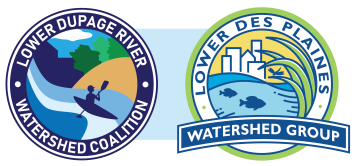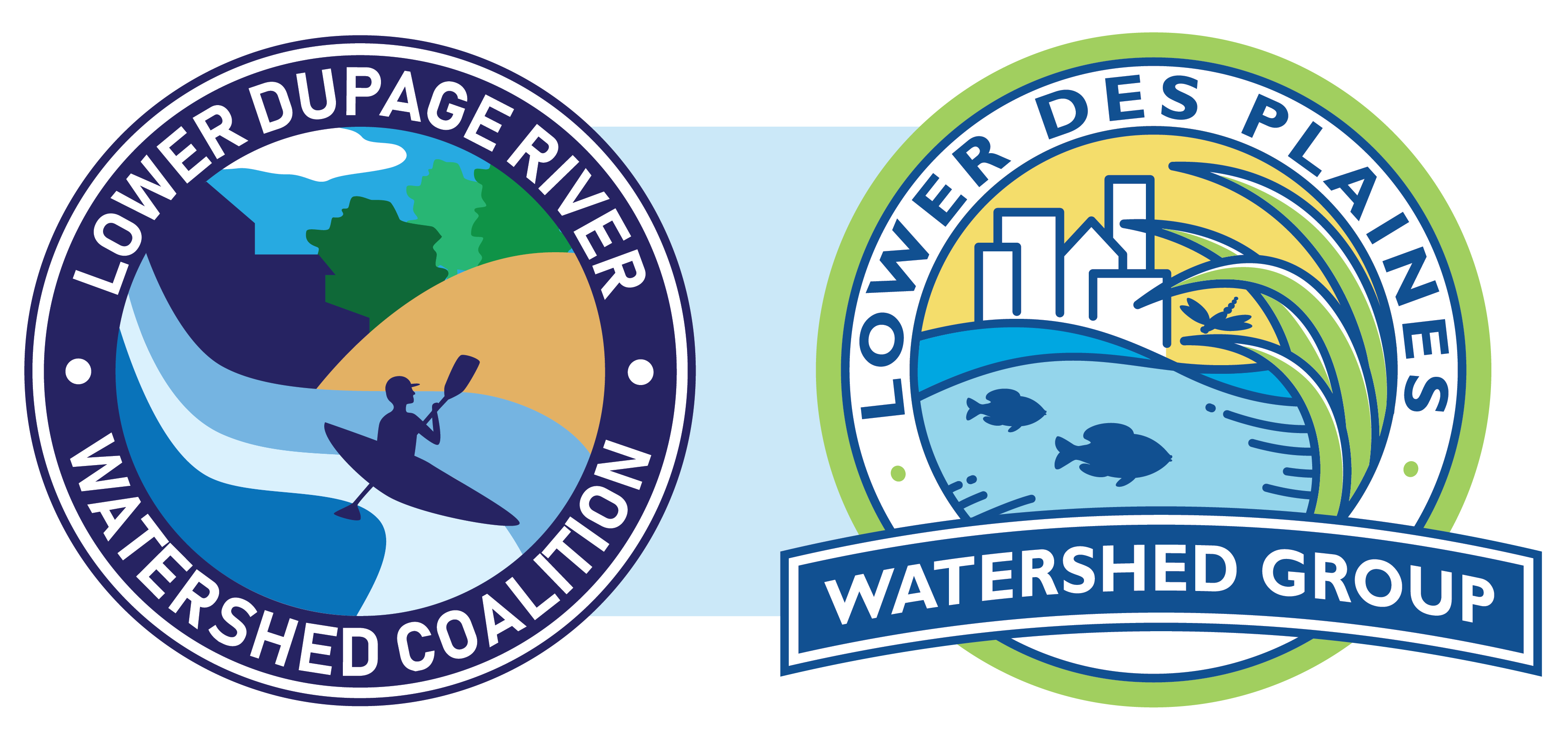When it rains, where does your stormwater go? Eventually it makes it to our local streams, but how it gets there depends on where you live. In older communities, stormwater and wastewater are combined and all of it goes to a wastewater treatment plant. In theory this is good, until it rains a lot and the excess water overflows the capacity of the treatment plant. In newer communities the stormwater and wastewater systems are in separate pipes with the stormwater going to a detention basin first, and then to a local stream or directly to the stream. Some communities have both combined and separated systems. Either way, only rain should go down the drain!
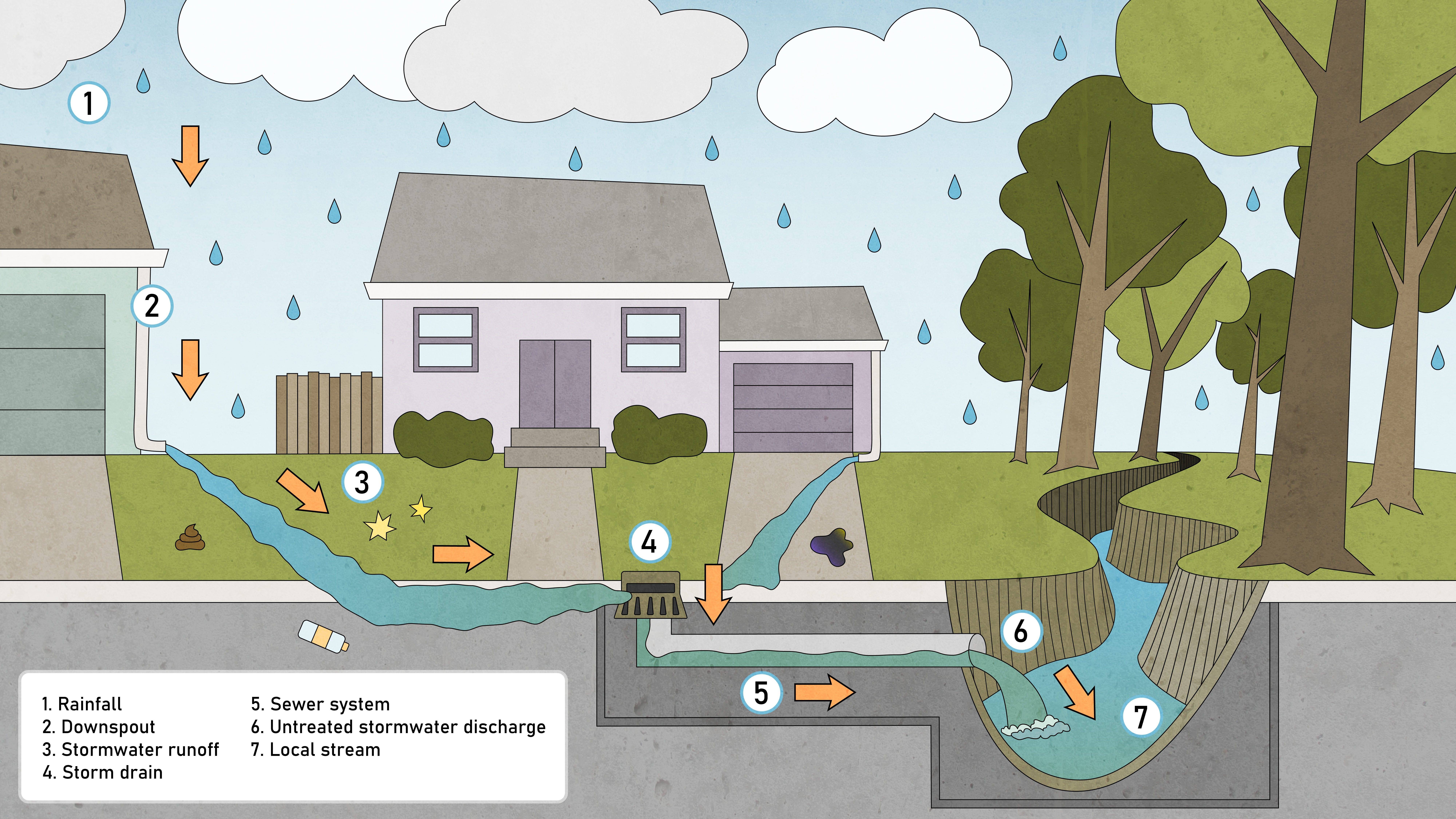
Issues


Polluted Runoff
A main source of water pollution comes from pollutants on the landscape. Rainwater moves across the ground and picks up pollutants such as lawn chemicals and winter road salt. The polluted runoff typically enters rivers and streams through storm drains that discharge directly into waterways. This is called nonpoint source pollution.


Flooding
Much of our watershed is covered by impermeable surfaces like roads, parking lots, and rooftops. When water cannot go down into the ground, it runs off or pools, causing floods during heavy rains.
Solutions
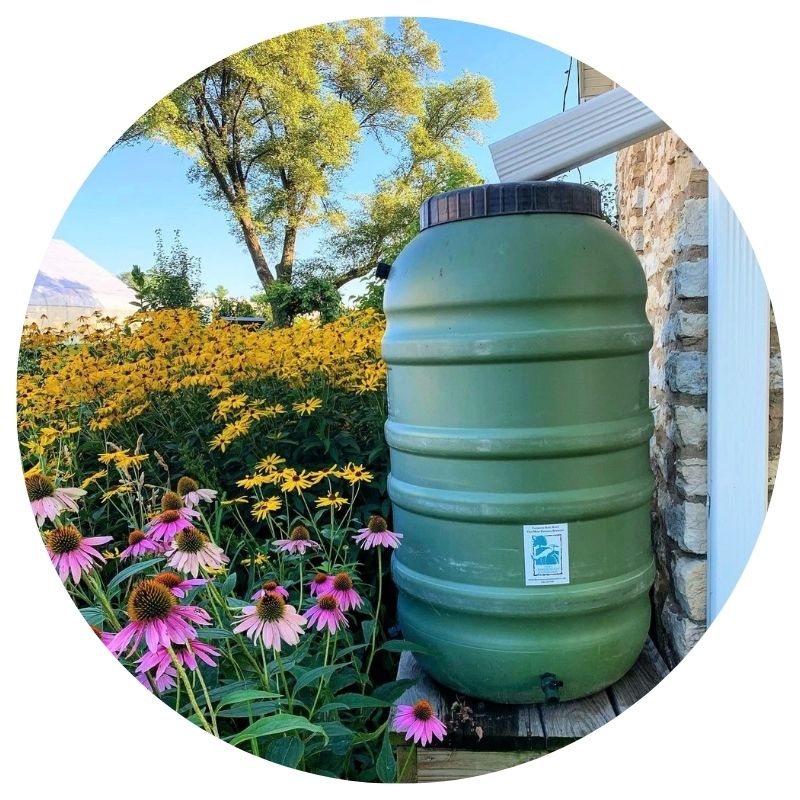

Only Rain Goes Down the Drain
Whatever enters a storm drain has direct access to rivers and streams. Stormwater that goes down storm drains is not cleaned at a treatment plant like how wastewater is treated. Instead, the stormwater drains directly into rivers and streams. Therefore, only rain should go down the drain to protect clean water in the DuPage and Des Plaines River.
To reduce polluted stormwater runoff, we can remove pollutants from the landscape. For example, we can pick up our dog’s poop and use less fertilizer on our lawn. We can also reduce the amount of stormwater runoff that has the chance to pick up pollutants and potentially cause flooding. Rain barrels collect water to be used later and rain gardens help water infiltrate into the ground.
On a larger scale, cities and towns can incorporate green infrastructure like permeable pavements, green roofs, and native plantings in public spaces.


Properly Maintain Detention Basins
Your neighborhood’s detention pond or basin is designed to manage stormwater. However, to prevent flooding, it must be functioning properly. Common problems with detention basins include shoreline erosion, blocked inlet and outlet structures, and invasive plant species that fill in the basin. Regular maintenance of detention basins, typically by Homeowners Associations, prevent or fix these issues.
Related Articles
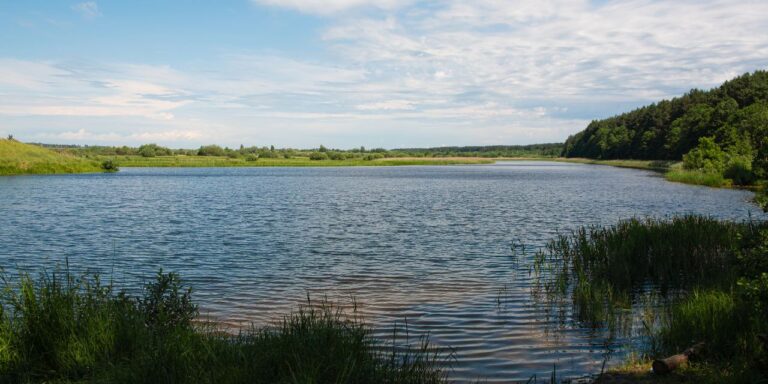

Our Fresh Water is More Precious Than You Think
With a limited supply of fresh water, it’s important to appreciate and conserve our precious freshwater resources.


Native Trees and Shrubs for Wet Areas
Native trees and shrubs can solve water issues while adding a boost to the local ecosystem at the same time!


Winter Chloride Watchers: A New Opportunity to Protect Local Streams and Water Quality
Help gather important data on the increasing saltiness of local rivers and streams. Join Winter Chloride Watchers!
